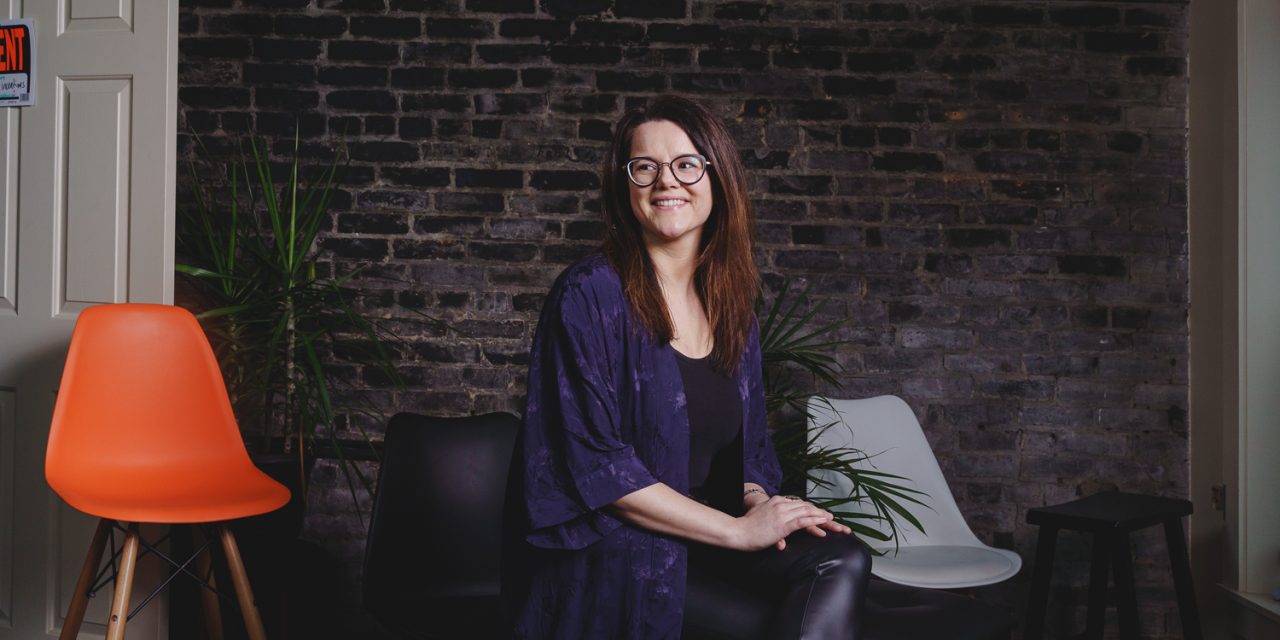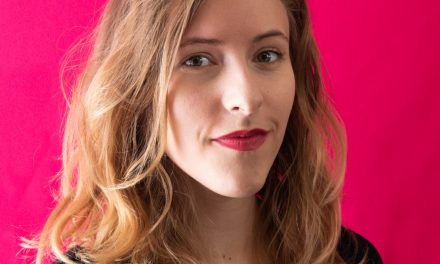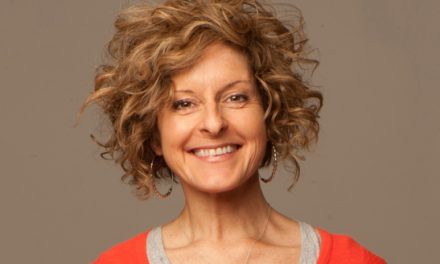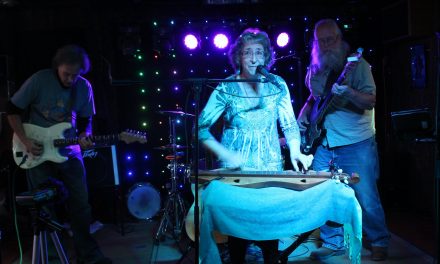Photo Credit: Jamel Mosely
Creative Under 40 story By David King and Katie Cusack
Madison LaVallee: Creatives today ‘can’t just do one thing’
“I’m interested in not doing anything the right way,” says Madison LaVallee.
The Schenectady native was nominated for her accomplishments in the local arts scene, including her own sculptural work and curating roles as chair of the exhibition committee at Collar Works in Troy. LaVallee has also curated such shows as Opalka Gallery’s recent “In-Faux-Structure” as well as “Nasty Women of the North” and “The Pothole Project” through Collar Works.
“She’s the kind of artist we’re lucky to have in this region—seeking out diverse, collaborative opportunities…all in the name of helping to create a more cooperative, just and engaging environment for artists in our region,” said nominator Amy Griffin, exhibitions and marketing manager at Albany’s Opalka Gallery.
“I’m not interested in just hiding away in my studio making work and applying to shows,” LaVallee says. “That’s definitely a part of my practice, but the other part I also really enjoy is creating more community and more spaces for other artists to show their work. It’s important to me to bridge the gap between emerging artists and more established artists—also just creatively—for people to try new things and show them weird, strange art that wouldn’t normally be shown at more commercial-based galleries.”
LaVallee hopes to continue challenging viewers and artists by curating more politically focused shows, ones that “people find hard to talk about.” She said she feels lucky to be a part of the exhibition committee at Collar Works, which is mostly run by volunteers, where they have the freedom to do daring work without the “pressure” of donor influences.
“She brings fresh perspective, a generous attitude, a supportive, inclusive sensibility and a challenging, provoking energy,” says Jenny Kemp, who co-chairs the Collar Works exhibitions committee with LaVallee.
Kemp says they see their role as co-chairs as ensuring all members of the community have a voice, and LaVallee is a big part of working to make sure a diverse set of work and perspectives are presented in each exhibit.
The artist is also co-coordinator of The Feminist Art Project’s Upstate New York chapter, as part of the international collaborative initiative celebrating the aesthetic, intellectual and political impact of women in the visual arts throughout history. The project is a “strategic intervention against the ongoing erasure of women from the cultural record.”
Former studiomate and Feminist Art Project co-coordinator Claire Sherwood, who also co-curated “Nasty Women of the North” with LaVallee, says she hasn’t met many other artists who exhibit LaValle’s “overarching vision and collaborative nature.” Although the Feminist Art Project has mostly splintered and is undergoing a transition period, Sherwood says she is happy about the work she and LaVallee did in the last year or so. “Nasty Women of the North” raised over $10,000 for Planned Parenthood.
Even in her role as an educator, LaVallee says, “There is a little bit of a feminist agenda there. Being a woman, and a woman professor, teaching sculpture, showing people how to use power tools and stuff—that still feels like it’s not the norm for a lot of my students.”
LaVallee is a part-time adjunct instructor at UAlbany, where she has taught a variety of sculpture classes, and at Hudson Valley Community College, where she teaches drawing. She has also taught classes and kids camps at the Arts Center of the Capital Region and a variety of art workshops and classes at Troy’s Roarke Center.
“I feel like to be an artist in this contemporary world, you can’t just do one thing,” LaVallee says. “I’m not interested in just making the same kind of sculptures my whole life. I’m interested in my work growing, and for my work to grow, it’s important that I’m out in the world.”
Sherwood and Kemp say more artists who take on the plethora of artistic and community leadership roles should be celebrated. “Artists mainly work solo and really push their work to get it out there,” Sherwood says. “To be able to step back and get involved with the community and be a leader is important. The fact that she is able to do this without having a full-time position is tricky. It’s tricky to find the time [LaVallee] does to teach at three schools, procure work and still find the time to lead projects that benefit the community.”
LaVallee sees her drive to keep pushing the boundaries of how much art can be produced, shared and used to promote audience awareness as part of her role as an artist—a role she finds difficult to describe.
“When I talk to any kind of emerging artists they’re like, ‘How do you get into the art world?’ It’s such a tough thing to navigate because there’s no right answer. You don’t have to make a living off of your work; that’s not what it means to be a successful artist. I think it’s just redefining what success as an artist means to you. In my opinion, it doesn’t matter if you have a day job in the arts or not, as long as you’re just keeping that creative energy flowing, and a part of your daily life. No matter how many different hats I wear, I feel like any form of making work should be celebrated.”





